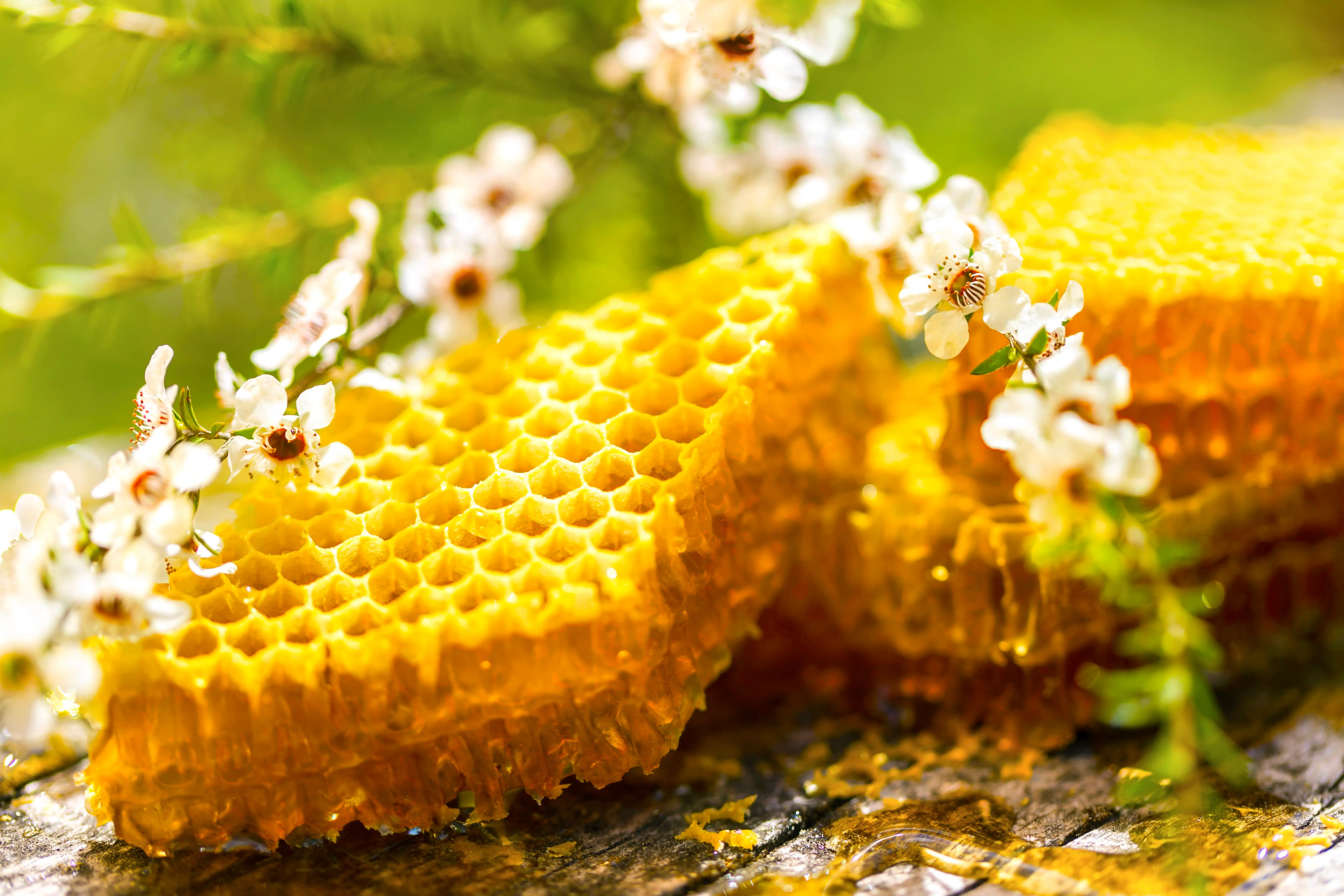
Mānuka honey, derived from the New Zealand mānuka tree (Leptospermum scoparium) has become a common household name around the world due to its non-peroxide antibacterial activity. It is found on shelves in supermarkets and health food shops and can be purchased online, as well as being used in hospitals globally in wound dressings. There is no other honey quite like mānuka which is why it is most often found in the natural health section of retail stores.
The University of Waikato is the home of mānuka honey research with a focus on continuing to lead and coordinate research around the world to expand knowledge in the Apiculture sector.
For nearly a millennia, New Zealand–Aotearoa’s indigenous Māori people have known about the healing properties of the mānuka tree. Different parts of the mānuka tree are pillars of Māori traditional medicine, for rongoā. Leaves and bark are chewed for sore throats and as an oral treatment, ash and gum to create balms to treat burns and bark infusions for stomach ailments.
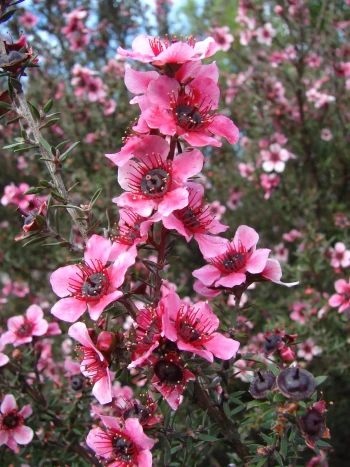 The European honey bee arrived in New Zealand in the early 1800s and over time beekeepers recognised that honey from the mānuka tree had healing properties for cuts, burns and grazes. It was these observations and a beekeeping friend of Dr Peter Molan’s that led him to carry out the first scientific research into the health properties of mānuka honey at The University of Waikato in the 1980s. The Honey Research Unit was first established in 1995 by Dr Peter Molan and ran until 2013 when he retired, but the research continued. With a history of more than 40 years of scientific research since the discover of mānuka honeys unique non-peroxide antibacterial properties researchers around the world have only scratched the surface of understanding it’s potential. With over 2,300 compounds in mānuka honey, compared to only 90 compounds in clover, there is so much more to learn.
The European honey bee arrived in New Zealand in the early 1800s and over time beekeepers recognised that honey from the mānuka tree had healing properties for cuts, burns and grazes. It was these observations and a beekeeping friend of Dr Peter Molan’s that led him to carry out the first scientific research into the health properties of mānuka honey at The University of Waikato in the 1980s. The Honey Research Unit was first established in 1995 by Dr Peter Molan and ran until 2013 when he retired, but the research continued. With a history of more than 40 years of scientific research since the discover of mānuka honeys unique non-peroxide antibacterial properties researchers around the world have only scratched the surface of understanding it’s potential. With over 2,300 compounds in mānuka honey, compared to only 90 compounds in clover, there is so much more to learn.
In May 2025, Dr Megan Grainger re-established the unit with the vision to strengthen coordination research efforts, foster research collaboration, and build meaningful connections between academia, government and industry nationally and worldwide. By working together, the Unit aims to generate robust, impactful research that not only expands our scientific understanding but also supports the growth and success of New Zealand’s apiculture sector.
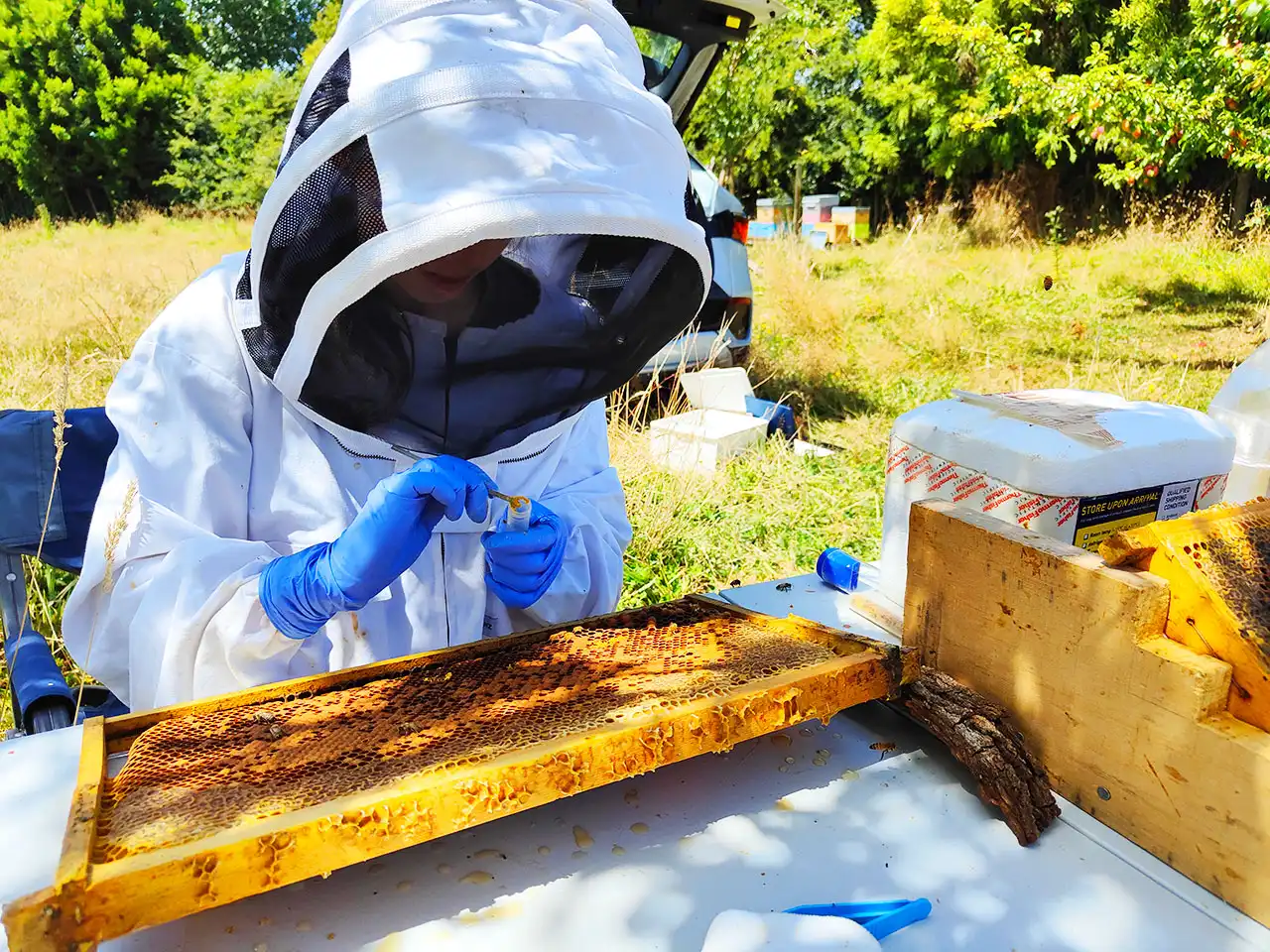
The Honey Research Unit is already establishing important industry partnerships for good and is pleased to have as a foundation partner the world’s only independent manuka honey quality certification body, the UMF™ Honey Association.
If you are interested in our research or would like to discuss collaboration or support, contact the Honey Research Unit or fill in our enquiry form.
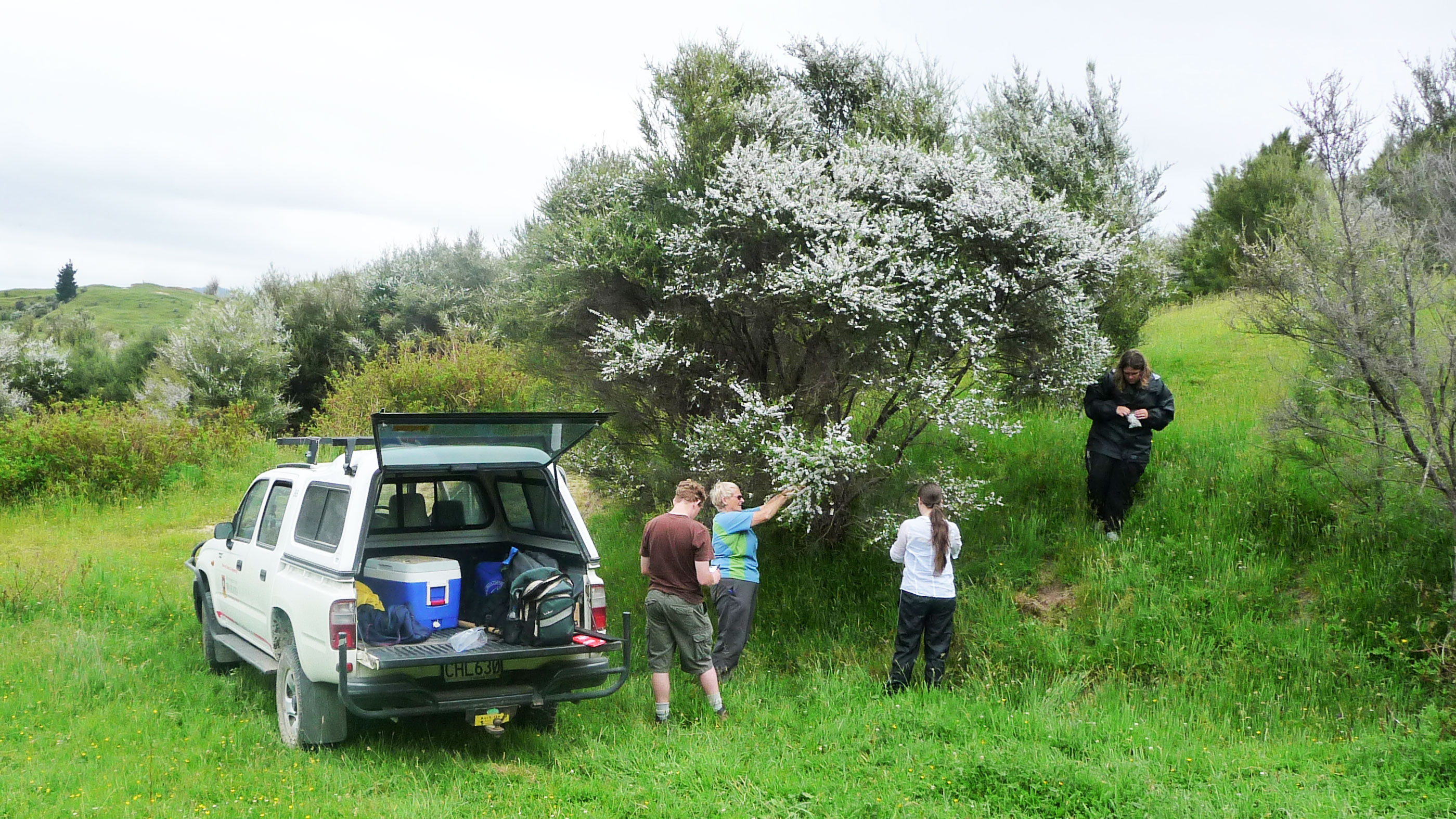
Our people
Meet the Honey Research Unit team, who drive impactful research, collaboration and innovation supporting New Zealand’s thriving apiculture sector.

Research projects
Our projects are designed to strengthen research coordination, foster collaboration across academia, government, and industry, and drive real-world impact.
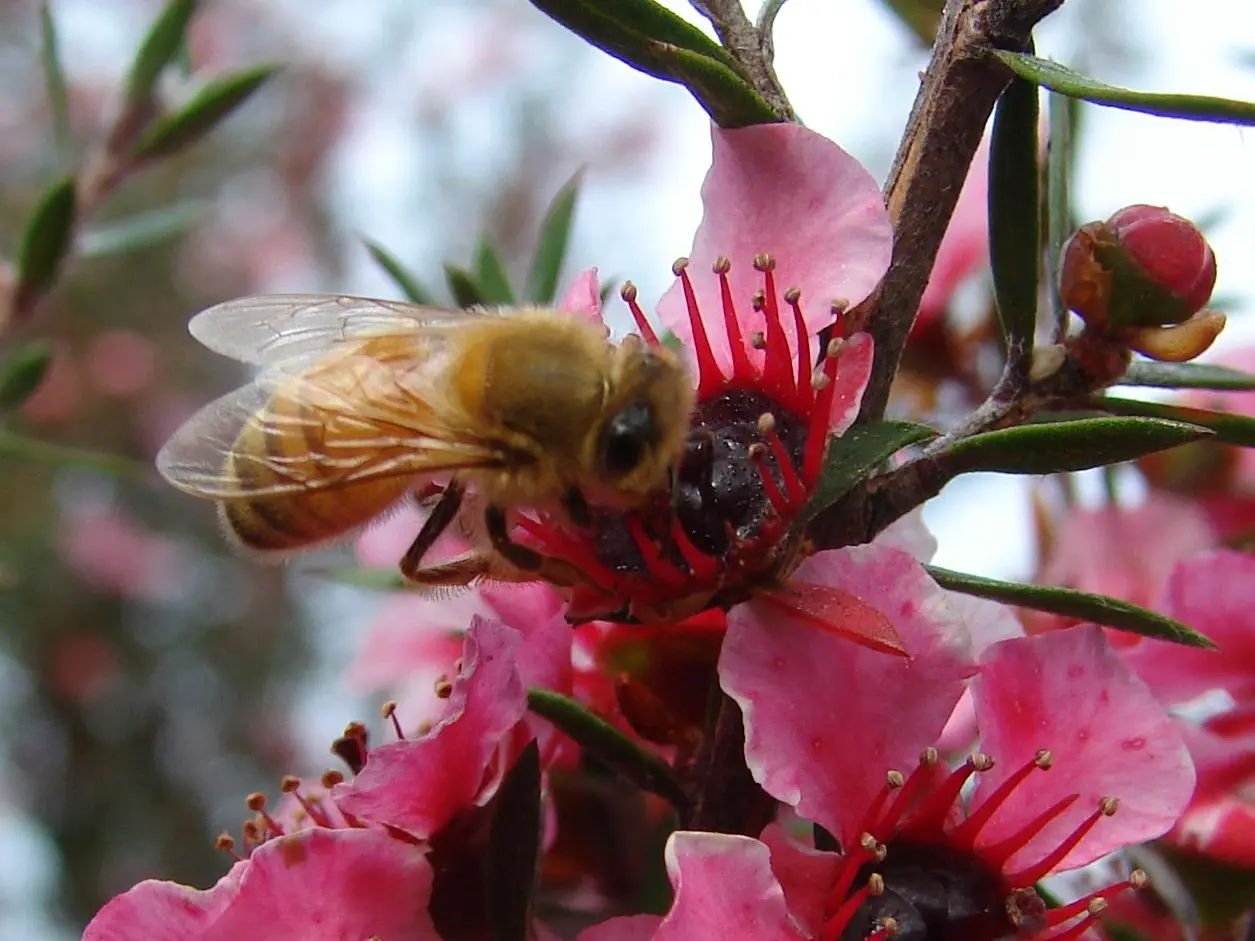
Publications
The Honey Research Unit’s publications showcase robust and collaborative research advancing scientific knowledge in and of New Zealand’s apiculture sector.
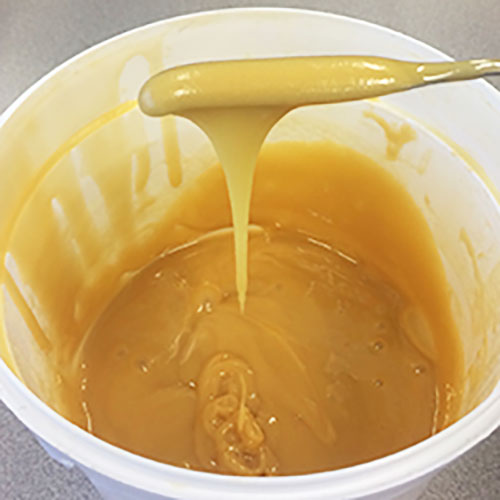
Sending samples
Contact and connect with the Honey Research Unit. Sending honey samples? Get clear steps for preparing, labelling and shipping your samples safely and legally.
Partners, collaborators and supporters

Contact us and connect
If you are a scientist or work in the Apiculture Industry and wish to support or collaborate with the Honey Research Unit, please get in touch to discuss future research.